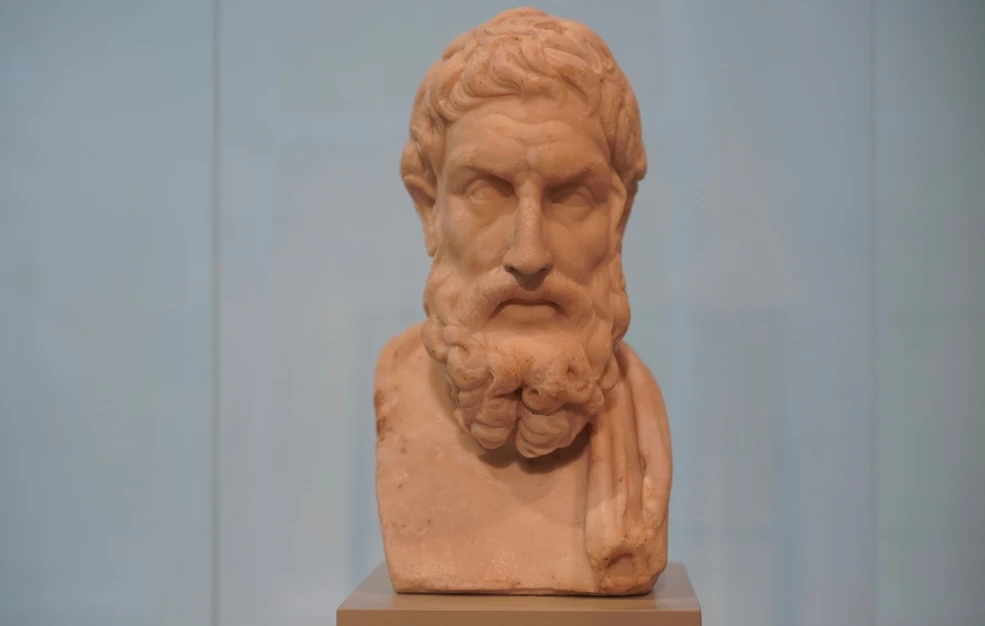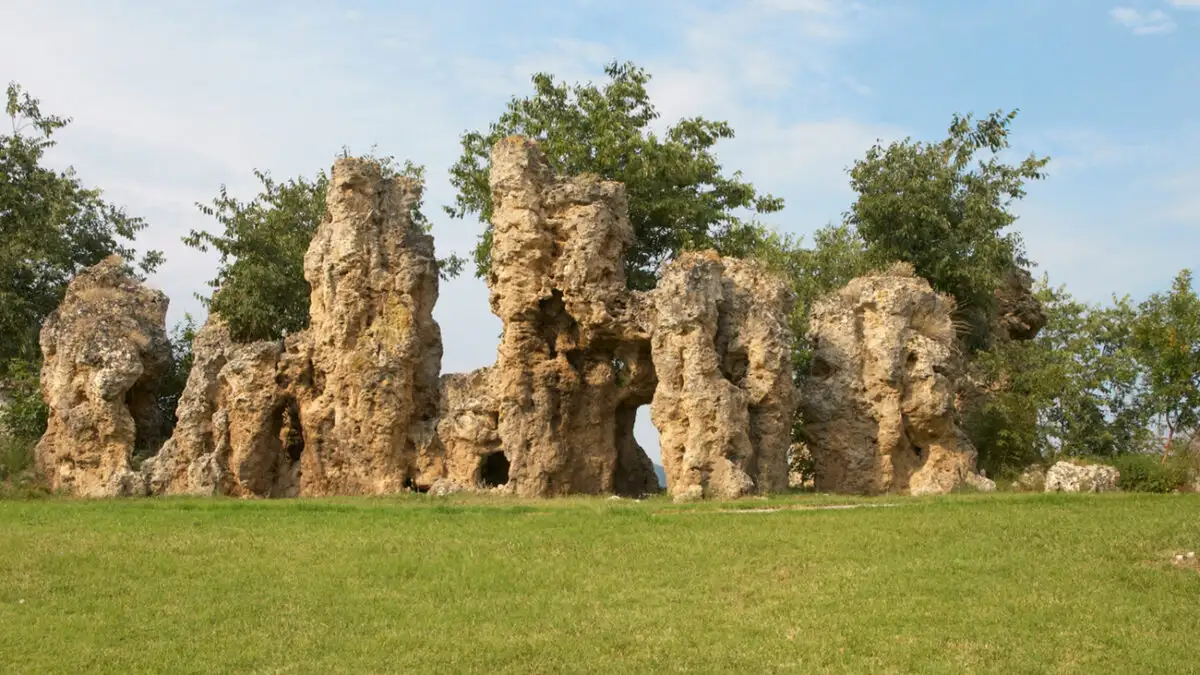In the annals of archaeological history, few discoveries resonate as profoundly as the unearthing of the "Odysseus Blinding Polyphemus" sculptures in 1957. Found amidst the ruins of Emperor Tiberius' sprawling villa in Sperlonga, Italy, this magnificent marble ensemble captures one of the most gripping episodes from Homer’s Odyssey: the blinding of the Cyclops Polyphemus by Odysseus and his men. This pivotal moment, rich in drama and ingenuity, is immortalized in stone with an artistry that bridges the mythical and the tangible.
The Scene in Context
The story of Polyphemus unfolds in the ninth book of the Odyssey. Shipwrecked and seeking refuge, Odysseus and his companions find themselves trapped in the cave of Polyphemus, a monstrous Cyclops who begins devouring the men. Faced with imminent doom, Odysseus devises a daring plan: he intoxicates Polyphemus with wine and, as the Cyclops slumbers, plunges a sharpened stake into his single eye. The act not only secures their escape but also underscores themes of cunning and resilience—qualities that define Odysseus as a hero.
The sculptures from Sperlonga capture this moment of high drama. Odysseus and his comrades are depicted in mid-action, their muscles taut with effort as they drive the stake into Polyphemus’ eye. The Cyclops’ expression, contorted with pain and shock, is rendered with such detail that it evokes both horror and awe. This dynamic interplay of movement and emotion exemplifies the Hellenistic artistic tradition, known for its focus on realism and theatricality.
A Grotto Fit for a God
The setting of the sculptures within Tiberius' villa adds another layer of significance. The artworks originally adorned a grotto-like dining area, blending natural and constructed elements to create an immersive environment. This choice reflects Tiberius’ admiration for Greek culture and his desire to associate himself with the intellectual and artistic achievements of the Hellenistic world. Dining amidst such evocative representations of myth would have been a powerful statement of sophistication and imperial grandeur.
The grotto’s design also suggests an interplay between myth and reality. As guests reclined in this opulent space, the sculptures would have served as both decoration and conversation pieces, drawing viewers into the narrative they depicted. This melding of art and environment exemplifies the Roman penchant for integrating storytelling into daily life, elevating even leisure activities to acts of cultural and philosophical engagement.
Restoration and Legacy
After their discovery, the sculptures underwent meticulous restoration to reclaim their former glory. Today, they are the centerpiece of the Sperlonga Archaeological Museum, where they continue to captivate scholars, art enthusiasts, and casual visitors alike. The museum’s presentation emphasizes not only the artistic mastery of the sculptures but also their broader cultural and historical contexts.
The "Odysseus Blinding Polyphemus" group stands as a testament to the enduring power of mythological storytelling. Its discovery and subsequent display offer invaluable insights into Roman art, the legacy of Greek culture, and the timeless allure of Homeric epics. Through these sculptures, modern audiences are invited to witness the convergence of myth, artistry, and imperial ambition—a convergence that continues to inspire awe more than two millennia after its creation.









